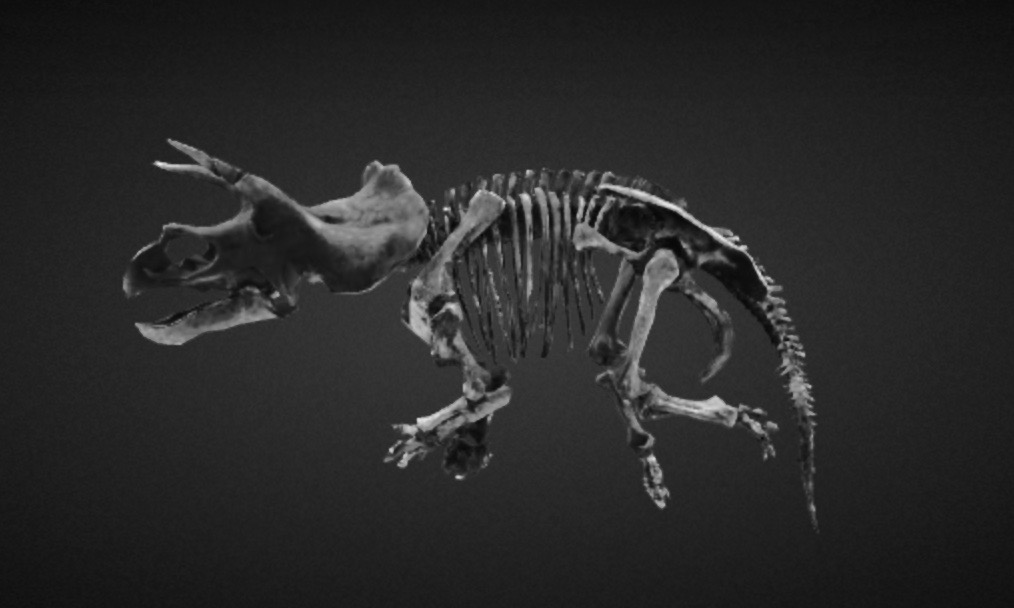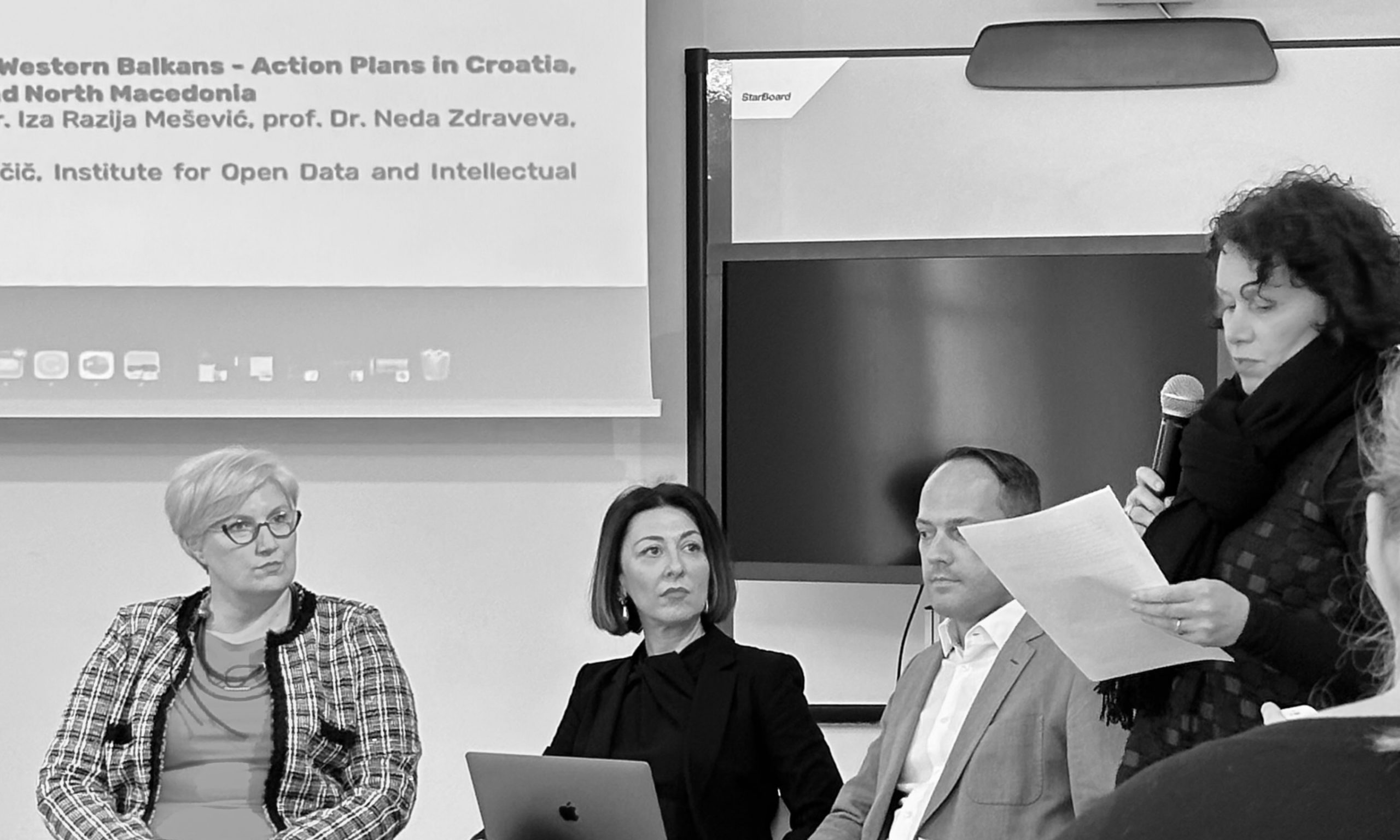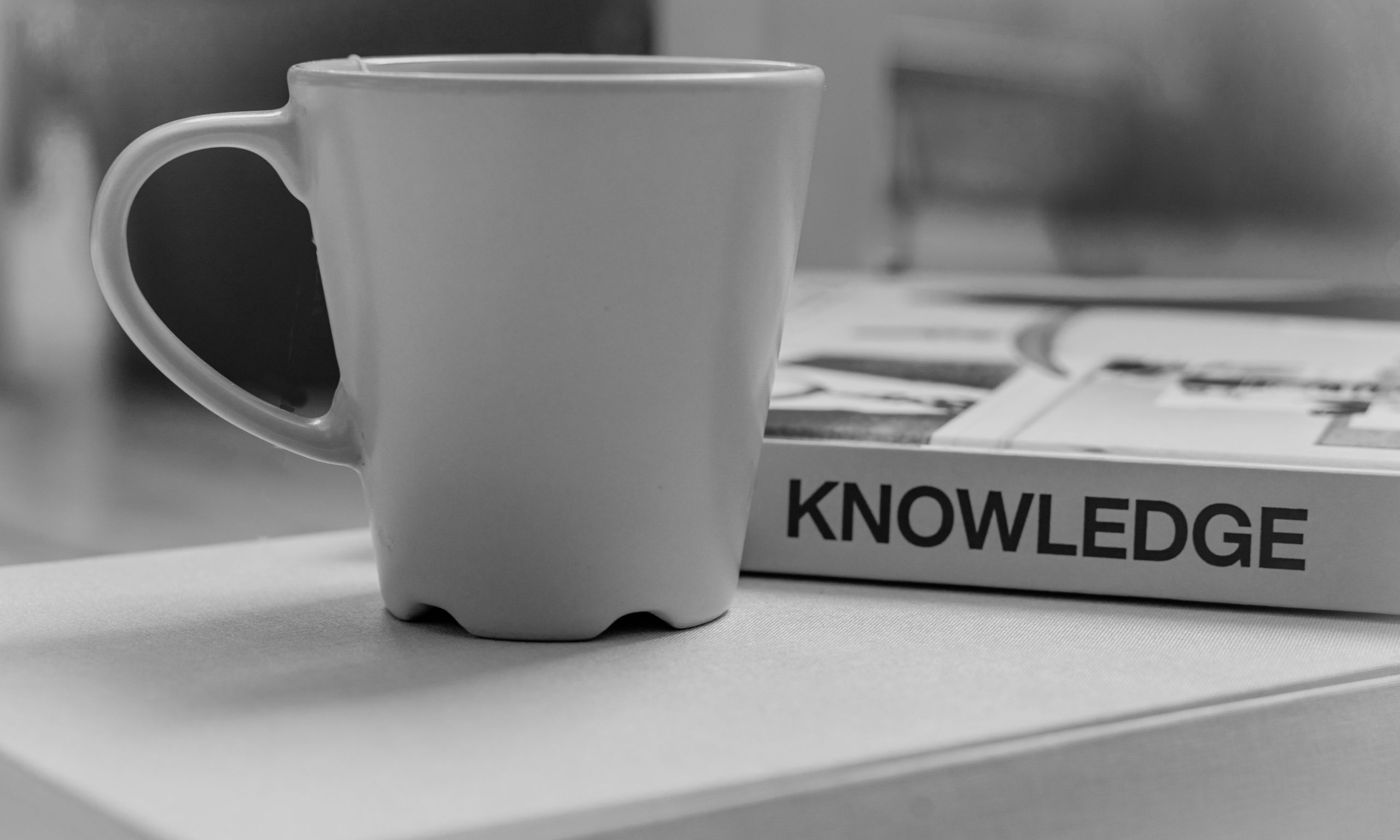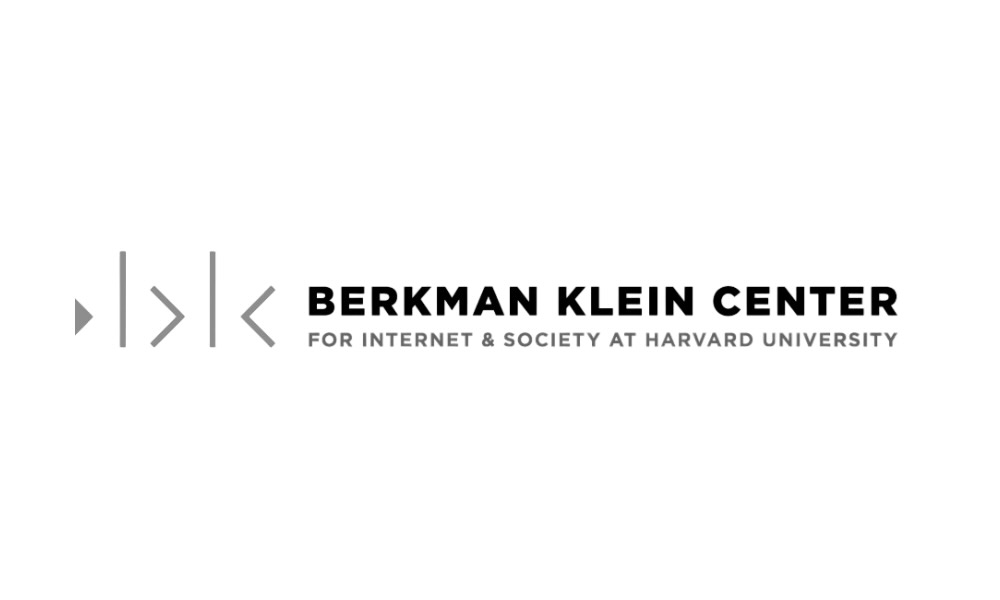Smithsonian places 2.8 million works in the public domain
Smithsonian, in cooperation with Creative Commons, made almost 3 million of its works available under the CC0 “licence”. This means that rightholders waive their rights and that the content is available to copy, distribute and modify without restrictions, for any purpose (even commercial).
Smithsonian is an institution bringing together 19 museums, 9 research centres, libraries, archives and different affiliates and thus represents the biggest museum, educational and research complex in the world. Digitalisation within the Smithsonian Open Access project lasted for a decade and the result is a base with 2.8 million 2D and 3D works, from portraits of important American historical figures to dinosaur skeletons. Smithsonian joined many cultural institutions that acknowledge the importance of open access and the availability of artistic and cultural works for everyone. With a richer public domain education, research and dissemination of knowledge will be richer as well.
The Grand Board of the European Union Intellectual Property Office (EUIPO) finally ruled that the figurative sign ‘COVIDIOT’ cannot be registered as an EU trademark.
The 4th Open Knowledge Day took place on Tuesday 17 October 2023, with an accompanying workshop on 18 October 2023. This year it was organised by the Open Data and Intellectual Property Institute (ODIPI) and supported by Knowledge Rights 21 (KR21).
We invite you to the fourth Open Knowledge Day and the workshop, which will take place this year within the framework of the programme and with the support of Knowledge Rights 21. The event will bring together experts from different European countries to discuss two topics: the first part will deal with the legal basis for data analytics, which is a key part of machine learning and related artificial intelligence, and the general exception for research. In the second part, open science in theory and practice will be presented both in Slovenia and in some Western Balkan countries. Representatives of research and educational institutions from Slovenia and the Western Balkan countries, as well as interested members of the public, are invited to attend.
Dr. Maja Bogataj Jančič, a renowned expert in copyright law, has joined the Berkman Klein Center for Internet & Society at Harvard University, where she will serve as an affiliate researcher for the next two years.





